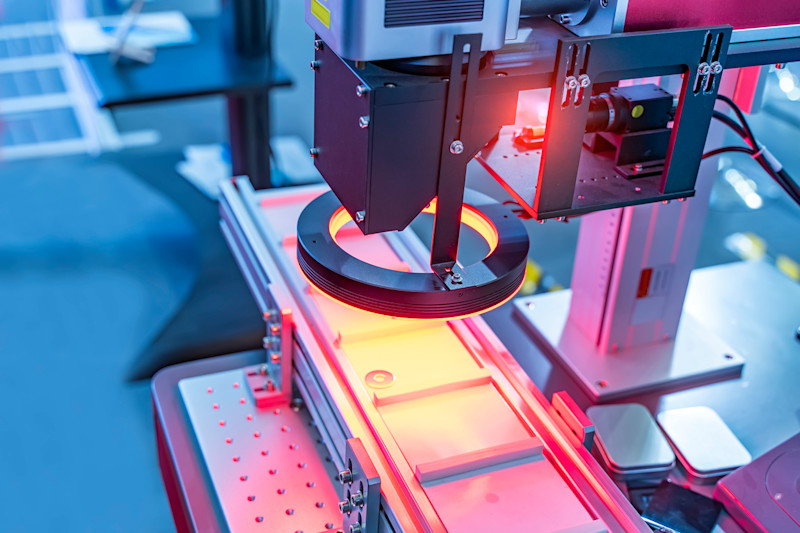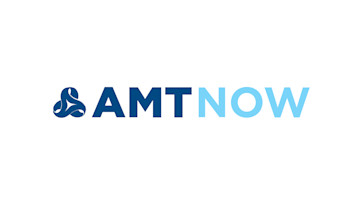“A good act does not wash out the bad, nor a bad act the good. Each should have its own reward.”
– George R.R. Martin
1. Robot Object Tracking
MIT and Harvard researchers have introduced "follow anything" (FAn), an AI framework enabling real-time, open-set object tracking in robotics systems. FAn recognizes and adapts to new objects beyond a preset category limit, utilizing text, images, or click queries. It optimally leverages vision transformer models and is designed for easy deployment on robotic platforms, particularly micro-aerial vehicles.
2. Advancing Autonomous Robots
ETH Zurich researchers have developed a program that allows robots to tackle tasks without relying on prerecorded expert demonstrations or heavily engineered rewards. The program provides an environment for robots to achieve objectives with minimal guidance from human operators. The technology can prompt the robot to figure out how it should move, exert force, utilize limbs, and interact with objects. This innovation marks a crucial step in the advancement of autonomous robots.
3. How Do You Get Your Fill?
The type of infill pattern for 3D prints depends on the print’s purpose. The design structure can be hollow for lightweight objects or solid for strength. Internal structure can be adjusted by changing infill settings such as density, ranging from 0% (hollow) to 100% (solid). Certain infill patterns serve different purposes, like grid infill for prototypes, line infill for prototyping and simple 3D prints, triangle infill for strength, cubic infill for rigid parts, and others. Here are 14 popular fills used today.
4. GPT vs. TOS
OpenAI, the creator of AI tool ChatGPT, might have to restart its language model due to potential lawsuits involving copyright infringement claims. This is primarily due to the training of models using third-party data, which may include copyrighted materials. One case under discussion is a potential lawsuit by the New York Times, following changes to its terms of service. Violations may cost OpenAI a fine of up to $150,000 per piece of infringed content.
5. Unintentional Lights Out AM
Bambu is introducing measures to prevent its 3D printers from self-starting due to a software bug caused by a cloud server outage. The company's lidar-equipped X1C printer will gain a firmware feature to verify if a printed model has been removed ahead of each print, while the P1 series will show reminders to clean the print plate and require user confirmation that it’s clean. In addition, fire risk concerns will be addressed by monitoring the temperature of the hotend and heat bed.
To get the latest tech developments delivered directly to your inbox, subscribe to the weekly Tech Report here.
To access Tech Trends, log in to or register for an MTInsight account at https://www.mtinsight.org/






